The total current through the real circuit will be dominated by the leakage of the reverse-biased diode, so a few nA. The forward voltage of a similar silicon diode at that current will be tens of mV so close enough to zero.
Your measuring devices may be causing enough current to flow to get more forward voltage, but that would require more like 100uA than nA for a silicon diode to drop ~500mV, so not sure where your error is coming from.
Default resistance of Proteus virtual voltmeters is apparently 100M, so ~0.2uA should be flowing unless you've reduced it. Just to be sure you can repeat the simulation with the RH voltmeter removed. Also, pick a diode type with a known model.
Basically, I agree with the textbook (within < 0.1V), not the other two numbers for D1 voltage.
If I do an LTspice simulation with 1N4148s (and no faux meters) I get 33mV across D1 and 14uV across the resistor, with current of 2.54nA, which matches my expectations.
 1.
1.